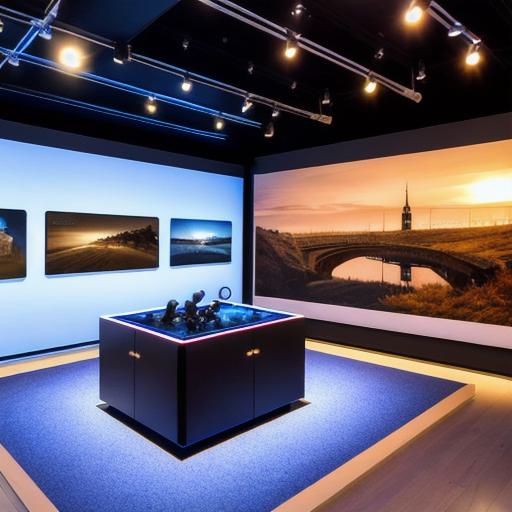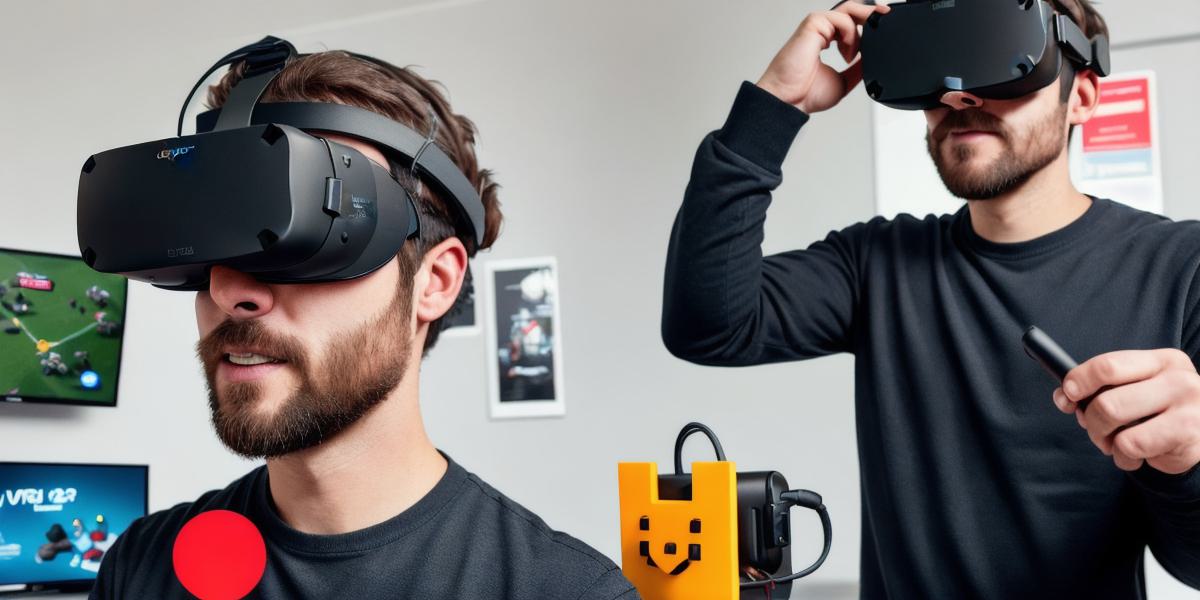Introduction:
Virtual reality (VR) technology has been rapidly advancing in recent years, and one of the most popular VR devices on the market is the Oculus Quest. If you’re a developer looking to create immersive VR experiences for the Oculus Quest, Unity is an excellent choice. In this article, we will provide you with a comprehensive guide on how to develop for the Oculus Quest using Unity. We will cover everything from setting up your development environment to creating interactive and engaging VR experiences.
Getting Started with Unity:
Before diving into developing for the Oculus Quest, it’s essential to have a solid understanding of Unity. Unity is a popular game engine that supports 2D, 3D, and AR/VR development. It offers a wide range of features and tools that make it easy for developers to create VR experiences. To get started with Unity, you can download the latest version of the engine from the official website (https://unity.com/). Once you’ve installed Unity, you can start creating your first VR project.
Setting up Your Development Environment:
To develop for the Oculus Quest using Unity, you will need to install the Oculus Integration package in Unity. This package provides developers with tools and assets that make it easy to create VR experiences for the Oculus Quest. To install the Oculus Integration package, follow these steps:
- Open your project in Unity.
- Go to Assets > Import Package > Custom Package.
- Navigate to the location where you downloaded the Oculus Integration package and select it.
- Click Import.
- Once the package is imported, you can start creating your VR experience.
Creating Interactive and Engaging VR Experiences:
Now that you have set up your development environment, it’s time to start creating your VR experience. To create an interactive and engaging VR experience for the Oculus Quest, you can use Unity’s built-in tools and assets. Here are some tips to get you started:

- Use motion controllers: The Oculus Quest comes with motion controllers that allow users to interact with your VR experience. You can use these motion controllers to create interactive elements in your VR experience, such as buttons or levers.
- Create a 360-degree environment: Unity supports 360-degree environments, which allow users to look around and explore the VR world. To create a 360-degree environment in Unity, you can use the built-in tools and assets.
- Use sound effects and music: Sound effects and music can enhance the immersion of your VR experience. You can use Unity’s audio tools to add sound effects and music to your VR experience.
- Test your VR experience: Before releasing your VR experience, it’s essential to test it thoroughly on the Oculus Quest. You can use Unity’s built-in testing tools to identify and fix any issues in your VR experience.
Case Study:
Let’s take a look at an example of how to create an interactive VR experience for the Oculus Quest using Unity. Suppose you want to create a VR experience that allows users to explore a virtual museum. Here are the steps you can follow:
- Create a 360-degree environment: Use Unity’s built-in tools and assets to create a 360-degree environment for your museum.
